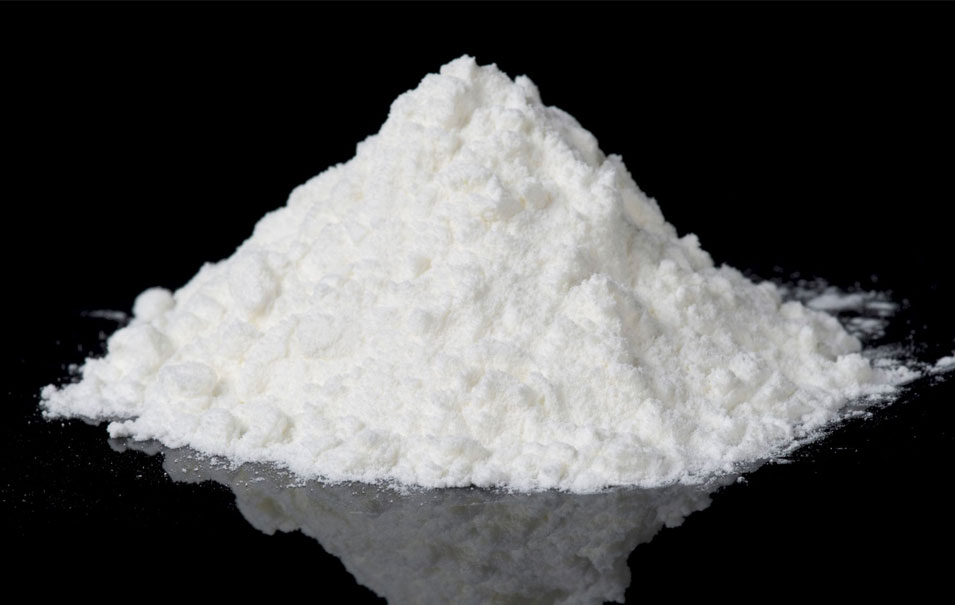
It is recommended that you update your browser to the latest browser to view this page.
Please update to continue or install another browser.
Update Google Chrome
It is recommended that you update your browser to the latest browser to view this page.
Please update to continue or install another browser.
Update Google Chrome
Quartz is a hard, crystalline mineral composed of silicon and oxygen atoms (silica dioxide). It is basically one of the most famous and the second most abundant mineral with many uses found on earth. It is a major component of rocks (igneous, metamorphic and sedimentary rocks) and forms in all temperatures. Quartz in its purest form is clear or white in color but different impurities within the atomic lattice can cause the color to change to purple, pink, brown, black, gray, green, orange, yellow, blue, or red and in some cases, multi-color. There are various varieties of quartz with different uses. The following are the major properties of quartz which makes it one of the most useful naturally occurring minerals.
For centuries, quartz has been used in jewelry production and as gemstones. The hard, polishable, crystalline and durable nature of quartz make it an excellent material for this purpose. The varieties of quartz popularly used as jewelry and gemstones include Citrine, Amethyst, Ametrine, rose quartz, Aventurine, and Opal. Quartz with microcrystalline (cryptocrystalline) structures like Agate and Jasper is also used as gemstones.
Glassmaking is one of the primary uses of quartz. Glass is manufactured from a chemical compound known as Silica dioxide (SiO2) (a colorless crystalline compound found as quartz, sand or flint). This silica dioxide (which must be 99.9% exceptionally pure) is melted and allowed to cool down into whichever shape or dimension desired. Optical-based quartz crystals are used in the manufacture of lasers, microscopes, telescopes, electronic sensors, and scientific instruments.
In India, almost half of the quartz consumption is in the glass industry. Quartz sand is commonly used in the Indian glass industry for making container glass, flat glass, plate glass, specialty glass, fiberglass, bottles, table glassware, and other glassware.
Quartz crystals contain oscillators that possess the ability to vibrate at precise frequencies that helps to regulate the movement of the watch or clock, thereby making them accurate timepieces. Quartz crystals possess the piezoelectric effect (the ability to produce electricity when subjected to mechanical stress) which is also used to keep a tab on time.
Quartz sand is used in the production of refractory bricks because of its sheer strength and resistance to heat. It is also used as a flux to smelt out crude edges on metals after they have been cast, cut or drilled.
Silica sand, alongside water and other chemicals under high pressure, is forced down into a bedrock formation via a well. The high pressure fractures the bedrock, the silica sand injects into the fractures and holds it in place, creating a passage for the flow of natural gas from the bedrock formation into the well. This process is known as hydraulic fracturing.
Novaculite, a form of cryptocrystalline or microcrystalline quartz, is used in making medical incision devices, cutting weapons, and sharpening cutting tools for thousands of years even up to this day. Hones are used to sharpen razor, while whetstone or smooth stone is used to sharpen the edges of tools and knives.
Quartz sand is used in the ceramic industry for making ceramic tiles. The silica present in the sand helps in providing white color to the ceramic ware and helps in making the ceramic body.
Engineered quartz stones, which are industrially made from raw quartz, are popularly used as countertops and slabs in residential and commercial buildings.
Certain characteristics of engineered quartz stones distinguish them from natural stones such as granite and marble. The non-porous property of quartz makes it resist retaining stains. Hence, quartz countertops are easy to clean, does not retain stain, attractive, and luxurious.